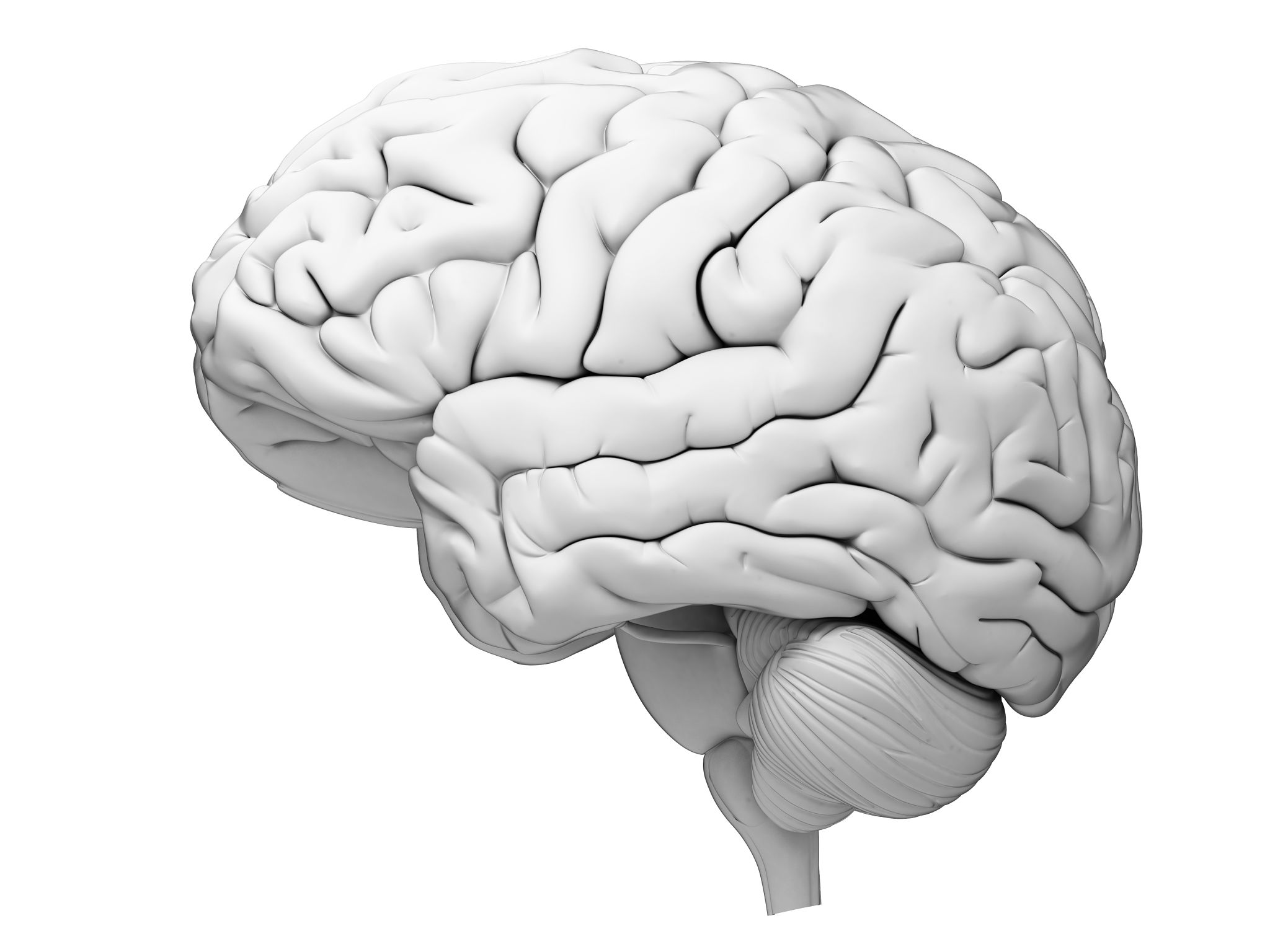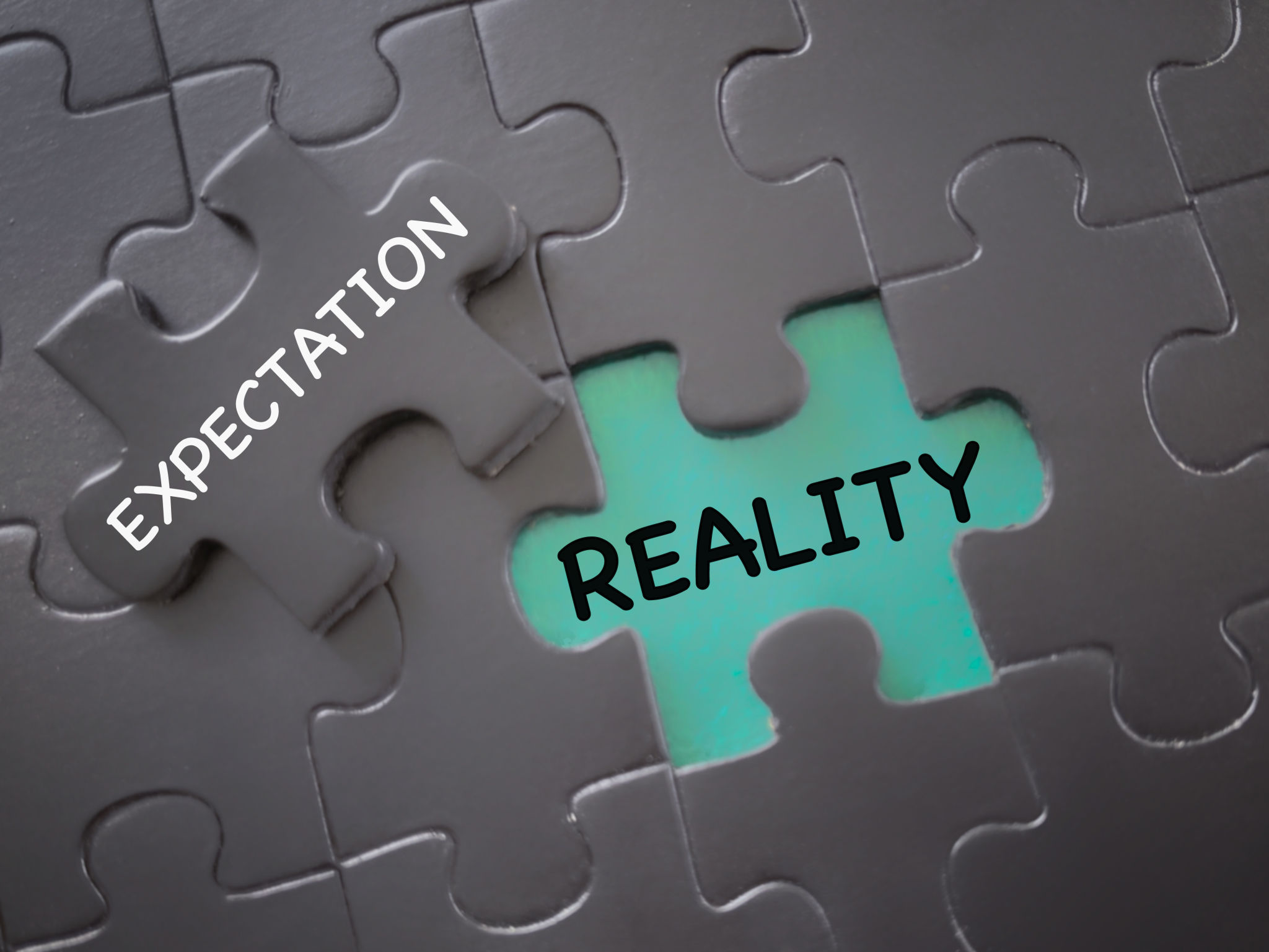What Happens in the Brain When We Ask the Miracle Question?
One of the most powerful tools we use in Solution Focused Hypnotherapy is the Miracle Question. Over the years, I’ve come to appreciate just how transformative it can be, not just in terms of the client’s mindset, but in how it engages the brain itself.
When a client begins to imagine waking up to find their problem has mysteriously disappeared, something quite remarkable starts to happen inside their head. And the more I’ve studied both neuroscience and Solution Focused Psychotherapy, the more I’ve realised that what we’re doing is not abstract or theoretical; it’s deeply physiological.
Switching on the “boss”
Let’s start with the prefrontal cortex. Sometime we may refer to this as the "intellectual mind" this is the part of the brain where the so-called “observing self” resides – the part that’s capable of thinking ahead, holding values, weighing up decisions, and stepping back from immediate emotion. American neuropsychiatrist John Ratey called it the chief executive officer, which I quite like, though I tend to refer to it simply as the boss (although my partner Natalie would disagree, theres only one boss in our house).
When the boss is switched on, we are thinking clearly and consciously. We’re aware of what matters and where we want to go. But when we’re stressed, overwhelmed, or in survival mode, the boss often steps out. The day-to-day running of things is handed over to the anterior cingulate cortex, this is what Ratey referred to as the executive secretary. The secretary is efficient, runs the routine, but doesn’t do big-picture strategy. The secretary works on habit and emotion, not reflection and growth.
This is where the Miracle Question works its magic. It introduces novelty into the system. The brain’s orientation response is triggered, the part that says, “This is new, pay attention.” Immediately, we’re engaging different networks. The secretary doesn’t quite know what to do with this unexpected question, so it starts making enquiries.

Emotions, memories and imagined futures
The first stop is the amygdala, which acts like the brain’s emotional gatekeeper. It adds an emotional tag to what’s happening, based on how relevant or important it seems. These tags, involving neurotransmitters like dopamine, help the secretary decide whether to escalate the matter to the boss. They also shape how the client starts to feel in response to the imagined change. Hope, curiosity, even joy – these are emotions rooted in expectation.
That’s what really strikes me about this work: emotions and expectations are inseparable. Every emotional response is essentially the brain saying, “I think this is what’s going to happen next, and here’s how I feel about it.” So when a client starts to build a picture of a preferred future, they’re not just daydreaming – they’re updating their internal prediction system.
The anterior cingulate then gets the hippocampus involved. This is where memory comes into play. the secretary asks, “Have we seen anything like this before?” and the hippocampus responds with fragments – memories, associations, perhaps even imagined scenarios that feel emotionally similar. The brain begins to weave together a realistic sense of what the miracle might look and feel like, based not just on fantasy but on lived experience and internal possibility.
Engaging change from within
From a hypnotherapy perspective, this is the moment I find most compelling. The client’s brain is now fully engaged in constructing an expectation, not just reporting on a problem. And if we then move into a hypnotic trance, we’re deepening this expectation – helping it settle into the subconscious systems that guide behaviour and belief.
It’s important to remember that a lot of what we do as humans is handled on autopilot. Habitual behaviours, emotional reactivity, even patterns of thought can all be maintained without the boss ever getting involved. But when we introduce the Miracle Question, we interrupt the autopilot. We create a pause, a window of curiosity, and we ask the system to consider something new.
I’ve seen clients soften in the space of a few minutes, just from imagining that tomorrow could be different. I’ve watched their language shift, their posture change, and their emotional tone lighten. That’s not magic. That’s neuroscience.

Why it matters in our work
Understanding these brain based mechanisms helps me feel even more grounded in the work we do. The Miracle Question isn’t just a nice conversational device, it’s a neurological intervention. It encourages neuroplasticity. It builds new networks of possibility. It teaches the client’s system to expect something different and to respond accordingly.
Most of the time, the secretary runs the show, and that’s fine. But when we want real, meaningful change, the boss needs to get involved. The Miracle Question helps make that happen.
So next time you ask a client to imagine that a miracle has occurred, remember: you’re not just helping them think differently. You’re helping their brain rehearse a new future. One based not on the past, but on potential.
And that, I think, is something truly worth paying attention to.
